Nationality American Name Emile Griffith Children Luis Rodrigo Griffith Wins 85 Martial art Boxing | Total fights 112 Role Professional Boxer Siblings Franklin Griffith | |
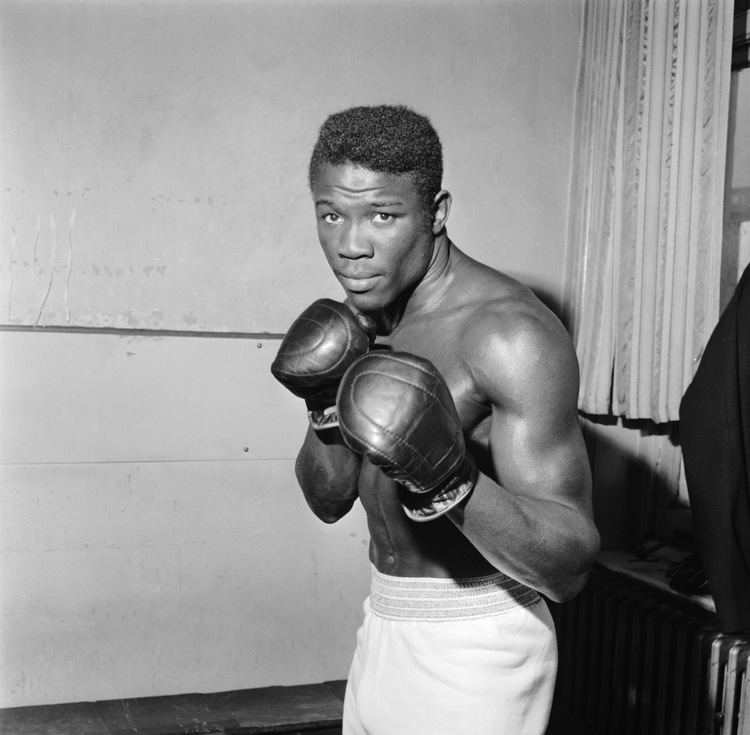 | ||
Real name Emile Alphonse Griffith Rated at WelterweightMiddleweight Similar People Benny Paret, Nino Benvenuti, Carlos Monzon | ||
Emile Griffith - Incredible Speed & Combinations
Emile Alphonse Griffith (February 3, 1938 – July 23, 2013) was a professional boxer from the U.S. Virgin Islands who became a World Champion in the welterweight, junior middleweight and middleweight classes. His best known contest was a 1962 title match with Benny Paret. At the weigh in, Paret infuriated Griffith, a bisexual man, by touching his buttocks and making homophobic remarks. Griffith won the bout by knockout; Paret never recovered consciousness and died in the hospital 10 days later.
Contents
- Emile Griffith Incredible Speed Combinations
- RIP Emile Griffith
- Amateur
- Professional
- Benny Paret
- Trainer
- Personal life
- Death
- Media representations
- Honors
- References

R.I.P. Emile Griffith
Amateur
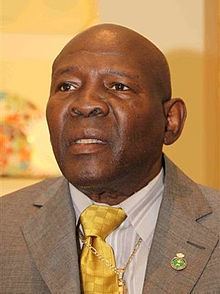
As a teen he was working at a hat factory on a steamy day when his boss, the factory owner, agreed to Griffith's request to work shirtless. When the owner, a former amateur boxer, noticed his frame he took Griffith to trainer Gil Clancy's gym.
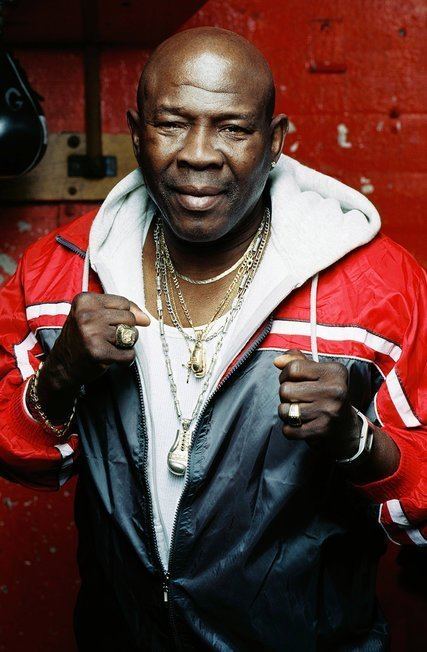
Griffith won the 1958 New York Golden Gloves 147 lb Open Championship. Griffith defeated Osvaldo Marcano of the Police Athletic Leagues Lynch Center in the finals to win the Championship. In 1957 Griffith advanced to the finals of the 147 lb Sub-Novice division and was defeated by Charles Wormley of the Salem Crescent Athletic Club. Griffith trained at the West 28th Street Parks Department Gym in New York City.
Professional

Griffith turned professional in 1958 and fought frequently in New York City. He captured the Welterweight title from Cuban Benny "The Kid" Paret by knocking him out in the 13th round on April 1, 1961. Six months later Griffith lost the title to Paret in a narrow split decision. Griffith regained the title from Paret on March 24, 1962 in the controversial bout after which Paret died, see below.
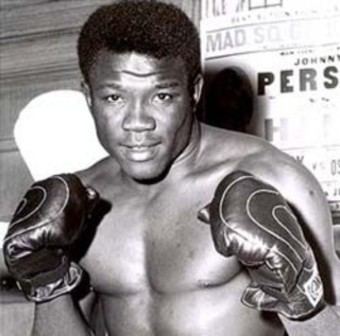
Griffith waged a classic three-fight series with Luis Rodríguez, losing the first and winning the other two. He defeated middleweight contender Holly Mims but was knocked out in one round by Rubin "Hurricane" Carter. Three years later, on April 25, 1966, he faced middleweight champion Dick Tiger and won a 15-round unanimous decision and the middleweight title. He also lost, regained and then lost the middleweight crown in three classic fights with Nino Benvenuti.

But many boxing fans believed he was never quite the same fighter after Paret's death. From the Paret bout to his retirement in 1977, Griffith fought 80 bouts but only scored twelve knockouts. He later admitted to being gentler with his opponents and relying on his superior boxing skills, because he was terrified of killing someone else in the ring. Many viewers thought that Griffith fought past his prime, only winning nine of his last twenty three fights. Other boxers whom he fought in his career included world champions American Denny Moyer, Cuban Luis Rodríguez, Argentine Carlos Monzón, Nigerian Dick Tiger, Cuban José Nápoles, and in his last title try, German Eckhard Dagge. After 18 years as a professional boxer, Griffith retired with a record of 85 wins (25 by knockout), 24 losses and 2 draws.
Benny Paret
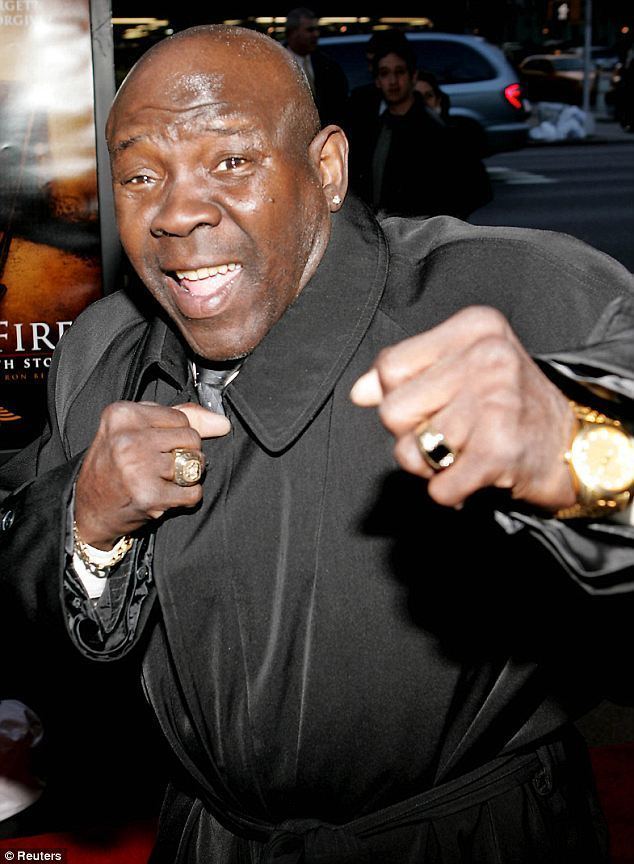
Griffith and Paret's third fight, which was nationally televised by ABC, occurred on March 24, 1962 at Madison Square Garden. Griffith had been incensed by an anti-gay slur directed at him by Paret during the weigh-in. He had worked in a women's hat factory, and later designed hats. Paret touched Griffith's buttocks and called his opponent a maricón, Spanish slang for "faggot".
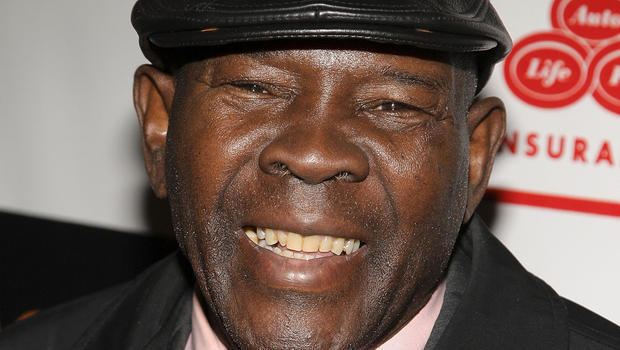
Griffith had to be restrained from attacking him on the spot. The media at the time either ignored the slur or used euphemisms such as "anti-man". Griffith's girlfriend asked him about the incident saying "I didn't know about you being that way". In the sixth round Paret came close to stopping Griffith with a multi punch combination but Griffith was saved by the bell. After the sixth round Griffith's trainer, Gil Clancy, later said he told him, "when you go inside I want you to keep punching until Paret holds you or the referee breaks you! But you keep punching until he does that!".
In round 12 Griffith trapped Paret in a corner. Stunned after taking hard blows to the head, Paret stopped punching back and slumped to the side against the ropes although his upper body was through them and partly out of the ring. Griffith held his opponent's shoulder keeping him in position while using his free hand to hit Paret, who was no longer trying to protect himself by head movement or an arm guard. Griffith repeatedly landed right uppercuts on Paret's head. Many watching were shocked, and there were calls from ringside for the referee to halt the bout; Norman Mailer said it was the hardest he had ever seen one man hit by another. Paret then lolled back and was hit with a combination.
At this point Ruby Goldstein stepped in, thereby awarding Griffith a win by technical knockout. Immediately after the referee intervened, Paret, who had remained on his feet throughout, slowly slid to the floor. He was carried from the ring on a stretcher and died ten days later in hospital without regaining consciousness. Goldstein had a reputation as a tender-minded referee who stopped bouts at an early stage; admirers said he may have been suffering after-effects from a heart attack. He never refereed again. Paret's manager was also criticized for not retiring his boxer with a timely throwing in of the towel during the beating.
Griffith told a television interviewer "I'm very proud to be the welterweight champion again. I hope Paret is feeling very good." When the seriousness of the situation become known, Griffith went to the hospital where Paret was being treated and unsuccessfully attempted for several hours to gain entry to Paret's room. Following that he ran through the streets while being insulted by passers-by. He would later receive hate mail from Paret supporters who were convinced Griffith intentionally killed Paret.
New York Governor Nelson Rockefeller created a seven-man commission to investigate the incident and the sport. Griffith reportedly felt guilt over Paret's death and suffered nightmares about Paret for 40 years.
The fight, and the widespread publicity and criticism of boxing which accompanied it, became the basis of the 2005 documentary Ring of Fire: The Emile Griffith Story. In the last scene of Ring of Fire, Griffith was introduced to Paret's son. Paret's son reportedly embraced Griffith and told him he was forgiven.
Trainer
Griffith trained other boxers, including Wilfred Benítez and Juan Laporte of Puerto Rico. Both won world championships. Griffith, Monzon, Benvenuti, Rodriguez, Tiger, Nápoles and Benítez are members of the International Boxing Hall of Fame. In 1979–80, he was in Denmark serving as the coach of the Danish Olympic boxing team.
Personal life
In 1971, two months after they met, Griffith married Mercedes "Sadie" Donastorg, who was then a member of the dance troupe "Prince Rupert and the Slave Girls". Griffith adopted Donastorg's daughter. After retiring from boxing, Griffith worked as a corrections officer at the Secaucus, New Jersey Juvenile Detention Facility.
In 1992, Griffith was viciously beaten and almost killed on a New York City street after leaving a gay bar near the Port Authority Bus Terminal. He was in the hospital for four months after the assault. It was not clear if the violence was motivated by homophobia.
Griffith was quoted in Sports Illustrated as saying "I like men and women both. But I don't like that word: homosexual, gay or faggot. I don't know what I am. I love men and women the same, but if you ask me which is better ... I like women."
Death
Griffith died July 23, 2013, at a care facility in Hempstead, New York. In his final years, he required full-time care and suffered from dementia pugilistica. His adopted son, Luis Rodrigo Griffith, was his primary caregiver.
Media representations
Honors
Named The Ring Fighter of the Year for 1964.
Inducted into the International Boxing Hall of Fame in its initial year (1990) and the World Boxing Hall of Fame.
A park has been named in Griffith's honor in his native US Virgin Islands.
